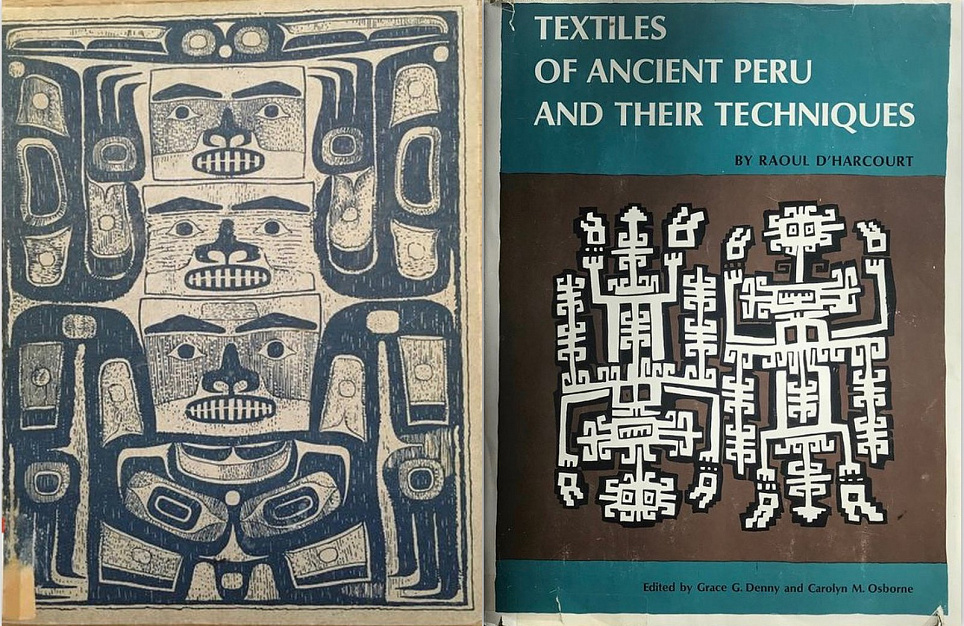This symposium asked what it means to take cultural materials and inscribe them in a new context—whether this is done by the 19th-century ethnographic museum, the avant-garde artist, the mid-century teaching collection or in contemporary art. Specifically, it explored questions of appropriation, representation and ‘learning from’ in the work of Bauhaus emigres and their students who collected a wide range of materials indigenous to the Americas, as well as considered where these debates stand today.
From the beginning, the Bauhaus school aligned with a modernist tendency to study cultural practice from outside the European mainstream, including African sculpture, Indian temple architecture, Andean textiles and European folk traditions. In the aftermath of the school’s closure, Bauhaus migrants such as Josef and Anni Albers, Marguerite Wildenhain, Hannes Meyer and Lena Bergner travelled variously in the US, Central and South America to observe, document and collect the work of pre-Columbian as well as contemporary indigenous cultures.
Speakers of the symposium addressed a fascination in the Bauhaus weaving workshop with forms and techniques from Andean textiles seen in books and ethnographic museums and incorporated into textile designs. How Anni Albers, her fellow weavers and their students in the US, including a generation of ‘fibre artists’ turned to the woven traditions of ancient Peru not just for their technical brilliance, but also because they believed this culture afforded textiles a value denied their own craft. Contemporary practitioners proposed textiles as a means of resistance and carrier of specific cultural knowledge, as much as the object of scholarship by influential figures from the 20th Century such as Raoul D’Harcourt and Junius Bird.














